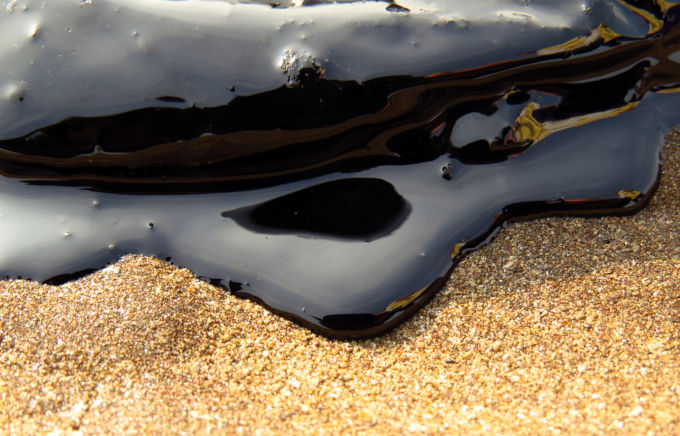Domestic oil spills can happen easily. Whether through the accidental fault of the owner, or because of environmental circumstances, oil spills can happen suddenly or over a long period of time – there really is no ‘normal’ when it comes to domestic oil spills.
However, being able to act quickly in the event of one is vital. Since most oil tanks are positioned outside, failing to clean up a leak in time could not only have devastating effects on the surrounding environment, but on your heating bills as well.
Fortunately, we’re here to help. Even if you don’t currently have a leak, it’s generally a good idea to know how to deal with one should you ever need to. Here is a step-to-stop guide on what you need to do when dealing with a domestic oil spill.
Step One: Stop Tap.
The first thing you need to do is turn off the oil tank’s stop tap. While this won’t stop the underlying problem, it will prevent any more oil spilling out of the tank. It will also give you more time to determine what you need to do next.
One thing you definitely don’t want to do is wash the oil away with water or soap. This will only help spread the spill much further, and cause a lot more damage in the long run.
Step Two: Cat Litter.
Next, you need to go shopping! Unless you already have a cat…
Spilled oil can have seriously negative effects on the surrounding environment. Not only can it destroy plant life and harm animals, it can also leak into rivers and cause general devastation to your garden and property.
Therefore, it’s important to soak up as much of the spilled oil as possible before it leaks into the soil. To do this, you are going to need a good absorption agent, such as sand or cat litter. As soon as you notice the leak and have turned off the stop tap, simply pour this over the spill to contain it.
Step Three: Oil Loss.
Once you have contained the spill, next you will need to work out how much oil has been lost from your tank. Whether you use a gauge or an app, it’s important to know this figure for two key reasons: first, so that the relevant agencies you speak to know how much oil they’re dealing with. And second, so that you know how much replacement oil you will need to purchase.
Step Four: Contact the Environment Agency.
Probably the most important step to follow: do not keep your oil spill to yourself. Make sure to contact the Environment Agency so that they are aware of what has happened and can make arrangements to resolve the issue.
If you own an oil storage tank and have noticed that it’s starting to leak, contact SG Tanks. We are experts in the maintenance and installation of oil tanks and can help with any questions, queries or issues you might have.

